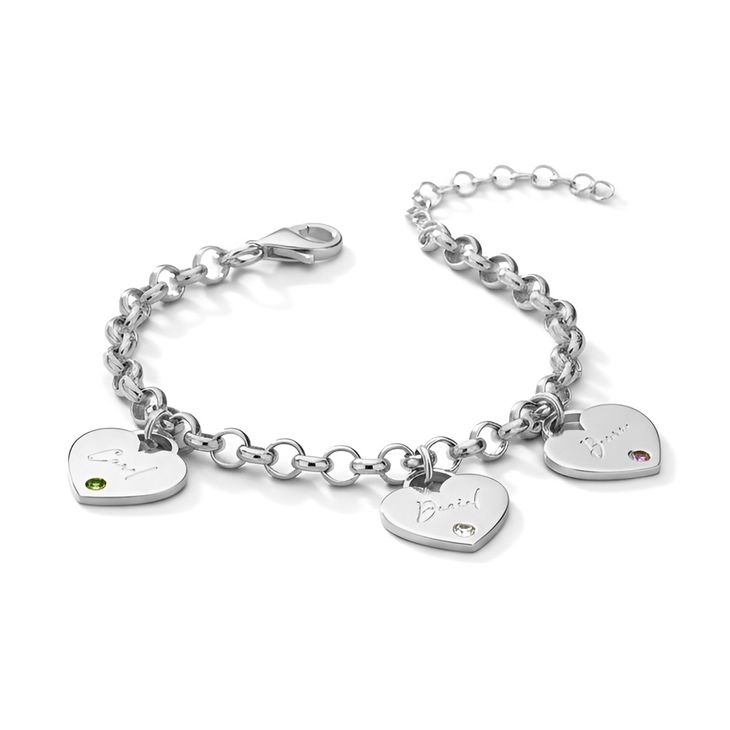- CHRISTMAS
- NECKLACES
- BRACELETS
- Shop by Recipient25% OFF
 Deal Of The Month
Deal Of The Month
-
- RINGS
- Shop by Recipient25% OFF
 Deal Of The Month
Deal Of The Month
-
- EARRINGS
- COLLECTIONS
-
- GIFTS
- Gifts for Someone25% OFF
 Deal Of The Month
Deal Of The Month
-
- BESTSELLERS
- MEN'S
- NEW
get instant answers:
X
